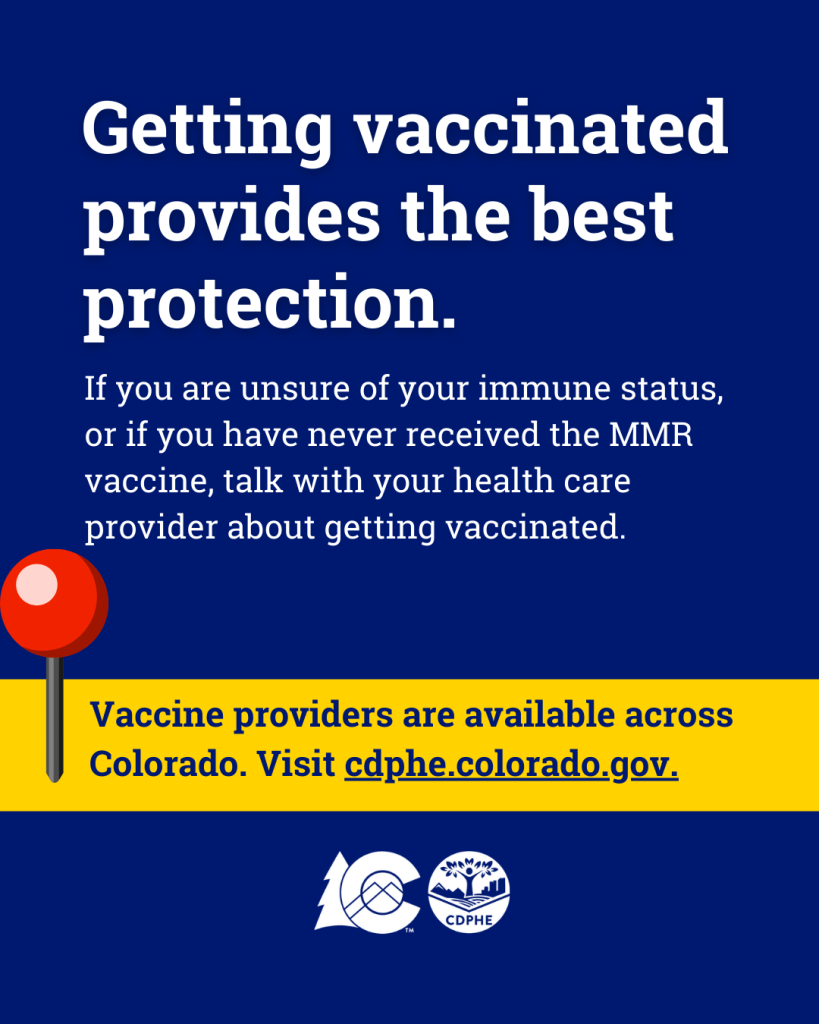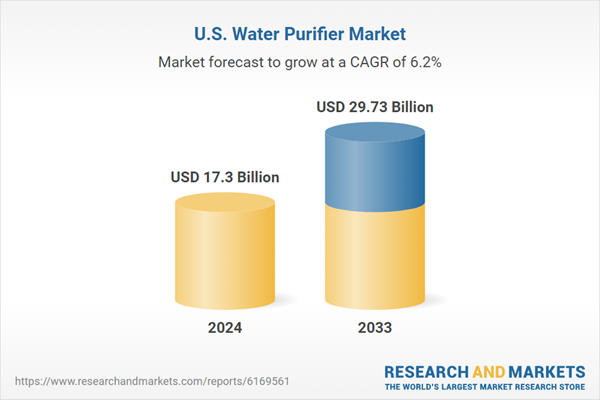Public Health Report: Measles Virus Detection in Routt County Wastewater
A recent public health surveillance initiative has detected the presence of the measles virus within the waste stream of the Steamboat Springs Wastewater Treatment Plant. This report outlines the findings, public health response, and the critical link between these actions and the United Nations Sustainable Development Goals (SDGs), particularly SDG 3 (Good Health and Well-being).
Wastewater Surveillance and Early Warning Systems
Alignment with SDG 3 and SDG 6
The detection, reported on October 13, is part of the Colorado Department of Public Health and Environment’s (CDPHE) wastewater surveillance program. This program exemplifies an innovative approach to public health, aligning with SDG 3 by providing an early warning system for infectious diseases. By utilizing sanitation infrastructure for health monitoring, this initiative also supports SDG 6 (Clean Water and Sanitation) and SDG 11 (Sustainable Cities and Communities), demonstrating how integrated systems can build community resilience.
Interpretation of Findings
Public health officials have clarified the significance of the wastewater detection:
- The presence of the virus in wastewater indicates viral shedding from one or more individuals who may have lived in, visited, or traveled through Routt County with a recent measles infection.
- It does not confirm an active, locally transmitted case within the community at this time.
- Wastewater data serves as a proactive tool, enabling health authorities to anticipate potential outbreaks and implement timely public health measures, a key component of achieving universal health coverage as outlined in SDG 3.
Public Health Directives and Preventative Measures
A Call to Action for Community Health (SDG 3)
In response to the findings, Routt County Public Health has issued a “call to action” to bolster community immunity and prevent the spread of measles. This proactive stance is essential for maintaining community health and well-being (SDG 3). Recommendations for residents include:
- Monitor for Symptoms: Be vigilant for signs of measles, which include high fever, cough, runny nose, red/watery eyes, and a subsequent rash.
- Consult Healthcare Providers: Notify medical staff of potential measles symptoms before visiting a clinic to prevent further transmission.
- Verify Vaccination Status: Check personal and family immunization records to ensure protection against measles.
- Ensure Vaccination: Obtain the Measles, Mumps, and Rubella (MMR) vaccine if not fully vaccinated. This is especially critical for those planning to travel.
Vaccination: A Cornerstone of SDG 3
Vaccination is the most effective tool for preventing measles and achieving SDG Target 3.b, which supports access to affordable vaccines. The report highlights the following statistics and information:
- Local Vaccination Rates: Routt County schoolchildren (K-12) have a 95% measles vaccination rate, demonstrating a strong foundation for community immunity.
- Statewide Context: Colorado has recorded 31 confirmed measles cases this year, resulting in five hospitalizations, underscoring the serious health risks posed by the virus.
- Vaccine Efficacy: The MMR vaccine is highly effective. Health officials emphasize that measles is one of the most contagious diseases but also one of the most preventable through vaccination.
Conclusion: Strengthening Public Health for Sustainable Development
The detection of measles in Routt County’s wastewater system highlights the value of advanced public health surveillance in safeguarding communities. By leveraging this data, public health officials can promote preventative actions, such as vaccination, which are fundamental to ensuring healthy lives and promoting well-being for all ages, directly contributing to the achievement of Sustainable Development Goal 3.
Analysis of the Article in Relation to Sustainable Development Goals
1. Which SDGs are addressed or connected to the issues highlighted in the article?
- SDG 3: Good Health and Well-being
- SDG 6: Clean Water and Sanitation
- SDG 17: Partnerships for the Goals
2. What specific targets under those SDGs can be identified based on the article’s content?
SDG 3: Good Health and Well-being
- Target 3.3: By 2030, end the epidemics of AIDS, tuberculosis, malaria and neglected tropical diseases and combat hepatitis, water-borne diseases and other communicable diseases.
- The article directly addresses this target by focusing on measles, a highly contagious communicable disease. The efforts described, such as public health surveillance, monitoring confirmed cases (“Colorado has 31 confirmed measles cases so far this year”), and promoting vaccination, are all actions aimed at controlling and preventing the spread of a communicable disease epidemic.
- Target 3.8: Achieve universal health coverage, including financial risk protection, access to quality essential health-care services and access to safe, effective, quality and affordable essential medicines and vaccines for all.
- The article highlights the availability and accessibility of the MMR vaccine. It states that the vaccine is “available locally through health care providers, many local pharmacies and at the Routt County Public Health offices,” which supports the goal of ensuring access to essential vaccines for the community.
- Target 3.d: Strengthen the capacity of all countries, in particular developing countries, for early warning, risk reduction and management of national and global health risks.
- The core of the article is about the use of wastewater surveillance as an early warning tool. It explains that “Wastewater data acts as an additional tool for public health officials, offering a way to track viral spread, potentially before clinical cases are reported, and allowing for a more timely public health response.” This system is a clear example of strengthening capacity for early warning and risk management of health threats.
SDG 6: Clean Water and Sanitation
- Target 6.3: By 2030, improve water quality by reducing pollution… halving the proportion of untreated wastewater and substantially increasing recycling and safe reuse globally.
- The article’s entire premise is based on the existence of a functional wastewater treatment system (“the Steamboat Springs Wastewater Treatment Plant”). The ability to test wastewater for pathogens implies that it is being collected and managed, which is a fundamental step toward improving water quality and safely managing sanitation. The surveillance program represents an innovative use of this sanitation infrastructure.
SDG 17: Partnerships for the Goals
- Target 17.17: Encourage and promote effective public, public-private and civil society partnerships, building on the experience and resourcing strategies of partnerships.
- The article describes a clear partnership between different public entities. It states, “Routt County is participating in the Colorado Department of Public Health and Environment’s program for public wastewater surveillance. The program collaborates with wastewater utilities to test for infectious pathogens.” This collaboration between a county health department, a state health department, and local utilities is a direct example of a public-public partnership to achieve a common health goal.
3. Are there any indicators mentioned or implied in the article that can be used to measure progress towards the identified targets?
Indicators for SDG 3
- Indicator related to Target 3.3: The article mentions specific data points that measure the incidence of a communicable disease, such as the “31 confirmed measles cases” and “five hospitalizations so far due to measles” in Colorado. The detection of measles in the waste stream itself serves as a proxy indicator for the presence of the disease in the community.
- Indicator related to Target 3.8 (specifically 3.b.1 – Proportion of the target population covered by all vaccines included in their national programme): The article provides precise data on vaccination coverage. It states that “Routt County schoolchildren from kindergarten through high school currently have a 95% measles vaccination rate. The rate for kindergarten students alone is currently 94%.” This is a direct measure of vaccination coverage in a specific population.
- Indicator related to Target 3.d: The existence and operational capacity of the “Wastewater Surveillance Data Dashboard” is an implied indicator. The article describes it as a system that allows for tracking viral spread and enabling a “timely public health response,” which measures the country’s capacity for early warning.
Indicators for SDG 6
- Indicator related to Target 6.3 (specifically 6.3.1 – Proportion of domestic and industrial wastewater flows safely treated): The article implies progress toward this indicator by describing the function of the “Steamboat Springs Wastewater Treatment Plant.” The fact that this plant is part of a sophisticated surveillance program suggests that wastewater is being systematically collected and treated, a prerequisite for this indicator.
Indicators for SDG 17
- Indicator related to Target 17.17: The article describes the structure of the partnership itself: “The program collaborates with wastewater utilities to test for infectious pathogens.” This established collaboration between the Routt County Public Health department, the Colorado Department of Public Health and Environment, and wastewater utilities serves as a qualitative indicator of a functioning multi-stakeholder partnership.
4. Table of SDGs, Targets, and Indicators
| SDGs | Targets | Indicators Identified in the Article |
|---|---|---|
| SDG 3: Good Health and Well-being |
3.3: End epidemics of communicable diseases.
3.8: Achieve universal health coverage, including access to essential medicines and vaccines. 3.d: Strengthen capacity for early warning and management of health risks. |
– Number of confirmed measles cases (31) and hospitalizations (5). – Detection of measles virus in wastewater samples. – Measles vaccination rate for schoolchildren (95%). – Existence and use of the public Wastewater Surveillance Data Dashboard as an early warning system. |
| SDG 6: Clean Water and Sanitation | 6.3: Improve water quality by reducing pollution and increasing wastewater treatment. | – Implied indicator: The operation of the Steamboat Springs Wastewater Treatment Plant for systematic collection and testing of wastewater. |
| SDG 17: Partnerships for the Goals | 17.17: Encourage and promote effective public partnerships. | – The described collaboration between Routt County Public Health, the Colorado Department of Public Health and Environment (CDPHE), and wastewater utilities. |
Source: steamboatpilot.com







